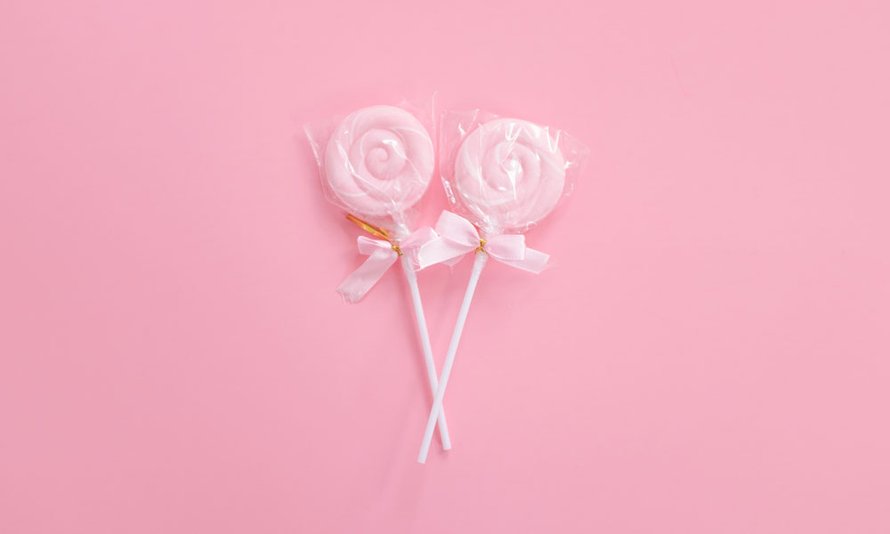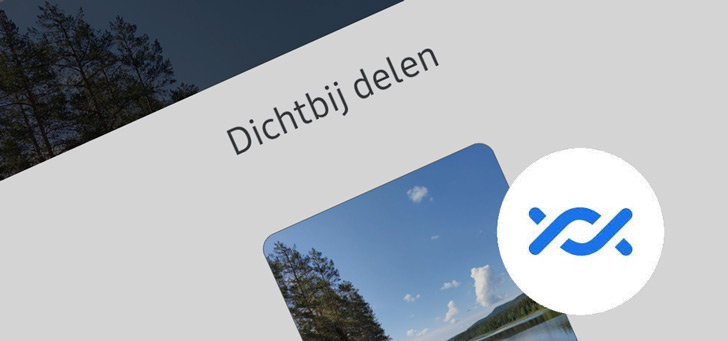these are more than 8 reasons why
Now that I’ve been using an iPhone for the first time in my life for a month, it’s time to take stock. Have you, like me, always been an Android fan, but still curious about the iPhone? Read in this article the little things that make the difference for me.
Read on after the ad.
Contents
From Android to iPhone: why switch?
I have been employed by . for a month iPhoned, so of course I now also carry an iPhone with me. Via various models from Motorola, Huawei, Xiaomi and of course Samsung, I have now arrived at the iPhone 12 Pro. Because the hardware of all these phones is difficult to review in one article, and the phones in these areas have often been compared with each other, I’m taking a different approach. In this article you will read the small differences that ensure that I no longer long for the Android system.
A sense of security on my iPhone
Of course, Google and all Android manufacturers have built in a lot of security to make it safe to use. Still, I feel more confident and secure when using my iPhone.
1. The App Store is safe
First, Apple’s App Store feels incredibly reliable. This is not only due to the interface and the sleek design. It mainly has to do with the fact that the apps you download there have been tested extensively. So I’m not afraid, unlike some apps you find in the Google Play Store, that I’ll accidentally allow an app with the wrong intentions to access my phone.
In addition, you can set per new app when it can request your data in order for the app to function properly. This ‘Allow only when the app is open’ feature also allows me to use my iPhone without becoming suspicious.
2. More privacy in Photos
It’s super cool that artificial intelligence can now recognize objects, animals and people in your photos. I just find it a little scary too. Both Google and Apple are working on perfecting this functionality.
However, there is a big difference; my iPhone’s AI scans my photos on the phone itself, while Android smartphones send all the photos to data centers and sift them there. This ensures that Apple cannot look into my photos itself and that my snapshots are therefore really private.

3. Face ID vs other login forms on Android
In ten years of enjoying various Android phones, I never once scanned my face for easier login. I can do that with the iPhone. Apple’s Face ID, which has been with Apple smartphones since the iPhone X, doesn’t just take a picture of your face and see if it matches, like Android smartphones do. No, Face ID makes a 3D scan of your head.
In addition to a safer feeling, Face ID also works very quickly. I have used the fingerprint scanners of various Android phones (up to the Samsung Galaxy S20), but all often had error messages. Sometimes I even had to lift and put my finger down three times to complete the scan. The Face ID scan is already done before you even think about what you’re going to do on your iPhone.
When it comes to sound and media, I use my smartphone a lot. For example, according to my Screen Time widget on iPhone, I use Spotify for over an hour a day. It is therefore very nice to notice that this (and other media platforms) runs very smoothly on the iPhone. However, this is more in the hardware than iOS does better than Android phones.
A noticeable difference is the speed of pairing with different bluetooth devices. This is smoother with my iPhone than I’ve ever experienced with my old Android phones.

4. Volume Buttons and Silent Mode
Both Android phones and iPhones have ways of breaking down the different types of sounds. On Android, this functionality often results in a clunky popup with far too many different types of sounds: “notifications”, “ringtones”, “media”, and “system sounds”. Of course it depends on the manufacturer’s UI skin how this is divided. However, this pop-up is extremely annoying and almost never recognizes the correct sound automatically.
With the iPhone, this is arranged a lot better. One volume knob (or two: louder and softer) adjusts all the sound. In addition, the ‘Silent Mode’ button is also useful for doing everything at once mute. Still, Apple can add another important volume function to the iPhone 14.
Read on after the ad.
5. Dictaphone sounds super clear
Do you ever go to a concert? And do you want to capture that moment well? The sound recording quality of the iPhone is much clearer than any Android phone I’ve used. Now I am not a big fan of filming a concert, but I do use this function in a similar setting.
At my band’s rehearsal we (temporarily) record newly written songs to listen to them again. The quality with which the iPhone does this is phenomenal. While, for example, the Samsung Galaxy S21, which has a bandmate, the music sounds like a big sound sausage, the recordings of the iPhone 12 Pro are clear and it is possible to distinguish each instrument from each other.

Other top features (and minor iPhone annoyances)
Then there are some aspects of the iPhone that just make the difference compared to an Android smartphone.
6. Haptic reigns supreme
In terms of vibration, the iPhone is unparalleled. If you turn the wheel when setting your alarm, you will notice this haptic subtlety very well. You can also feel the vibrations very gently when you click your ‘Silent Mode’ button on and off. This is more of a nice gimmick, than it is the reason to switch to the iPhone.
7. Wifi assistance always lets you stream
In addition, it is very nice that in places where your WiFi connection is not that strong, the iPhone automatically supports the connection with mobile data. This happened all too often with my Android phone when I was enjoying the sun in my garden. This option can be found under ‘Settings>Mobile Network’. Then scroll down to tap ‘Wi-Fi assistance’.
8. The ads in Android apps are purely to annoy you
Of course, I also use a lot of free apps. These earn their money by occasionally showing an ad that you can only click through after five seconds (or sometimes half a minute). I’m fine with that, as long as I can click through them. With Android phones this is more often not the case, than it is. Fortunately, I don’t really suffer from this with these iPhone games.

Some more minor iPhone annoyances (which you really just need to get used to)
- The classic ‘dancing’ icons that start to wiggle when I try to adjust the home screen are a bit overwhelming. Especially if I accidentally press an app icon a little too long.
- If you want to restart an app because it crashes (yes, that sometimes happens with an iPhone), this is quite difficult. I swipe more often the whole app is gone than I get into the menu to restart the app.
- In my opinion, you have to hold down the buttons on the lock screen just a little too long to actually open the flashlight or your camera. This goes against the usefulness of shortcuts in my opinion.
These last annoyances are just things I have yet to get used to. Still, after using it for a month, I now know that I will no longer exchange my iPhone for an Android model. In general, the iPhone’s software and interface feel smoother, and the speed of use just depends on how good my eye-hand coordination is.
Not sure yet? Check out our comparison between the current flagships from Apple (iPhone 13) and Samsung (Galaxy s22). Is that a bit above your budget? We did the same for slightly cheaper models.



